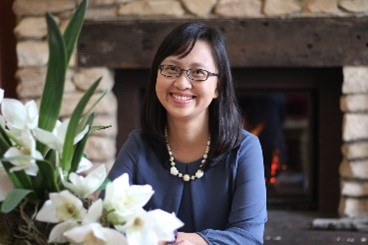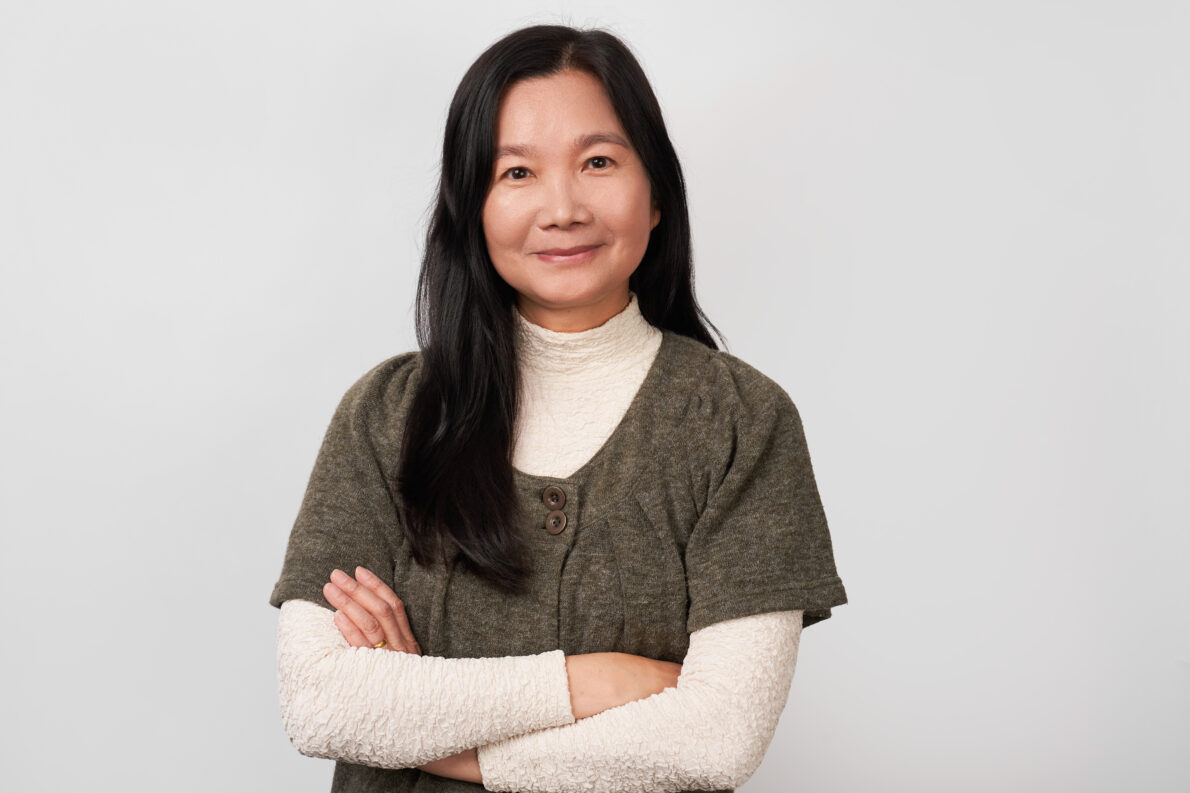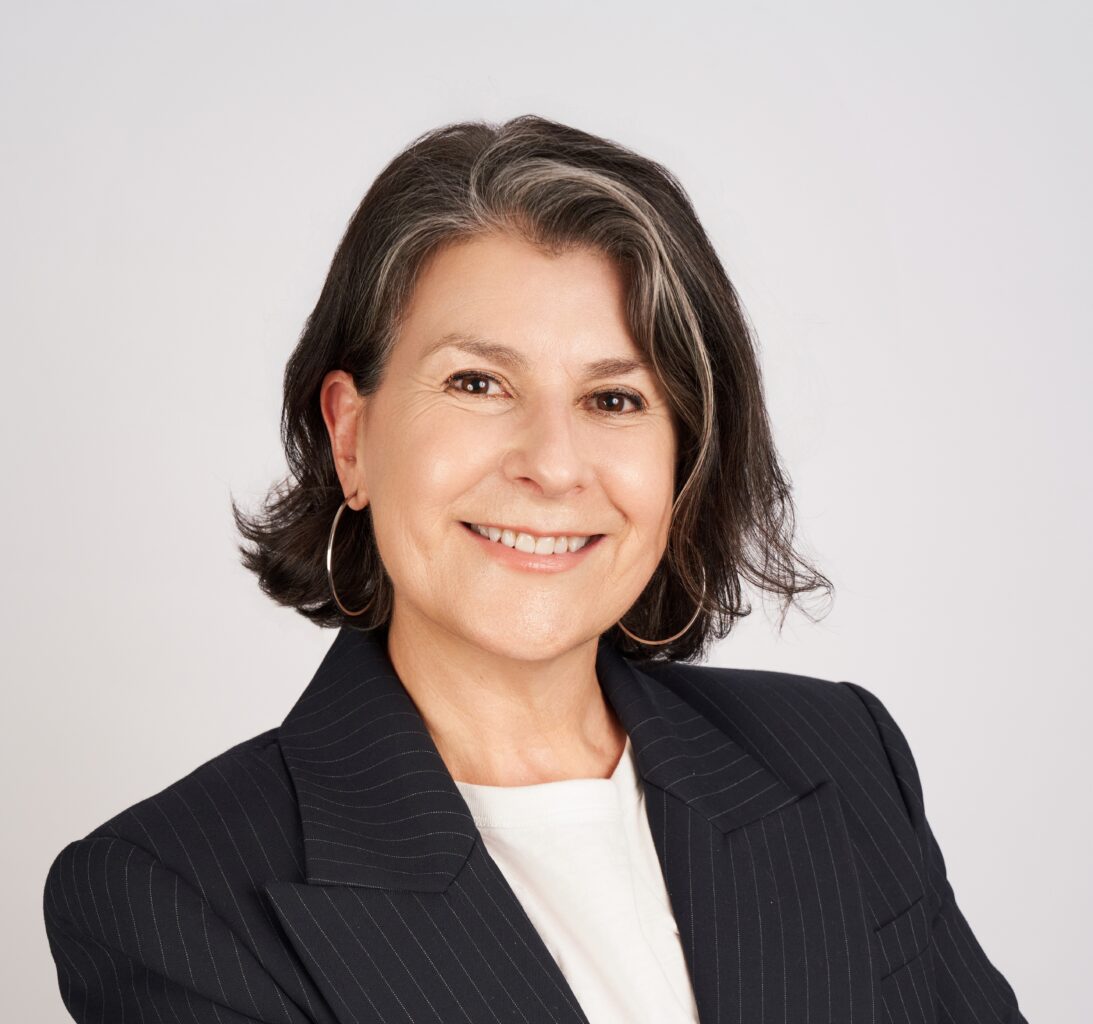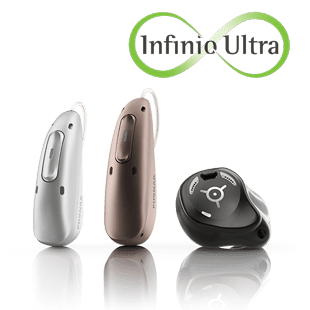
Learning from LOCHI: Practical strategies to improve outcomes for children with hearing loss
New findings from the 9-year follow-up of the LOCHI study offer practical, research-backed guidance for clinicians. These findings highlight the importance of early intervention, tailored programming, and real-world listening support for children with hearing loss.
Dr Vicky W. Zhang, Ms Sanna Hou, Dr Paola Incerti, Ms Angela Wong
National Acoustic Laboratories, Sydney, Australia
The Longitudinal Outcomes of Children with Hearing Impairment (LOCHI) study is a world-renowned pediatric hearing research project. Initiated in 2005 in Australia, LOCHI was designed to evaluate the effectiveness of universal newborn hearing screening (UNHS) and early intervention in improving developmental outcomes at a population level.
This prospective, longitudinal study followed more than 450 children diagnosed with permanent hearing loss across Queensland, Victoria, and New South Wales. Standardized outcome measures were collected at multiple developmental stages—from birth to young adulthood—alongside demographic data and information about each child’s family and the interventions they received.
The key findings over the years have been consistent:
- Children whose hearing loss was detected early through UNHS and who received early intervention achieved significantly better language outcomes than those diagnosed and fitted later.
- Early cochlear implantation—particularly before 12 months of age—was linked to higher language scores and improved long-term outcomes.
At the 2025 Audiology Australia Conference, our symposium, “Learning from the Longitudinal Outcomes of Children with Hearing Impairment (LOCHI) Study: Recent Findings from the 9-Year Follow-Up,” brought together four presentations that shared insights and actionable clinical guidance. In this blog, we summarize key takeaways you can apply directly in your work with children.
Key clinical takeaways from the LOCHI 9-year follow-up
Each topic below highlights a key strategy clinicians can apply to support better outcomes for children with hearing loss.
1. Speech-in-Noise challenges and the advantage of automatic classification features – Presenter: Dr. Vicky W. Zhang
Children with cochlear implants (CIs) continue to face challenges understanding speech in noisy environments, even at 9 years of age. Compared to normal-hearing (NH) peers, children with CIs need a 5 dB higher signal-to-noise ratio (SNR) to achieve 50% correct speech recognition. Automatic environment classification features, available in many modern CIs, offer a promising solution to this challenge.
In our study, school-aged children with the automatic classification feature activated achieved, on average, a 4.6 dB improvement in speech reception thresholds compared to when it was turned off. This has important implications for environments like classrooms, where background noise is common, and children may struggle to manually switch programs.
Clinical takeaways:
- Clinicians are encouraged to enable the automatic environment classification feature when programming cochlear implants to improve real-world listening performance.
- This simple adjustment can make a meaningful difference in how children engage in noisy settings like schools.
2. A personalized approach to CI programming is crucial – Presenter: Ms. Sanna Hou
Precise CI programming is essential for speech access, especially in children with complex needs. The LOCHI data showed that children with neural and structural cochlear lesions had higher threshold (T) and comfort (C) levels at ages 3, 5 and 9.
Only children without these lesions demonstrated widening of the dynamic range over time. This suggests that default programming settings may not meet the needs of all children─ particularly those with atypical auditory anatomy.
Clinical takeaways:
- When creating a MAP for children with complex etiologies (e.g. neural or cochlear lesions), clinicians should avoid over-relying on default settings.
- A personalized approach —customizing MAPs based on individual electrode response, dynamic range needs, and behavioral measures—is crucial for achieving optimal outcomes.
- Regular monitoring of stimulation parameters is recommended as children grow to ensure optimal auditory development.
3. Early dynamic range optimization predicts later success – Presenter: Dr. Paola Incerti
The width of a child’s dynamic range (DR) by age 3 can be a strong predictor of long-term success. The LOCHI 9-year follow-up showed that children with wider DRs at age 3 had better vocabulary scores and reported higher quality of life at age 9.
Children with broader DRs reported better physical, emotional, and social well-being compared to those with restricted DRs. Importantly, this relationship held even after controlling for age at CI activation and the presence of additional disabilities.
This study is one of the first large-scale pediatric studies to demonstrate the benefits of wider DR in children. It emphasises that suboptimal stimulation levels during early critical periods may have long-lasting adverse impacts on speech, language, and psychosocial development.
Clinical takeaways:
- Optimizing stimulation levels and achieving a wide dynamic range early in life should be a clinical priority for young CI users. These findings highlight the urgent need to focus on careful, individualized programming during the critical developmental window.
- Clinicians are encouraged to monitor and systematically adjust T- and C-levels during early mapping sessions to maximize dynamic range and support better long-term functional outcomes.
- Ongoing checks by a multidisciplinary team and caregivers are also crucial to ensure accurate, developmentally appropriate adjustments.
4. Functional auditory and language skills drive psychosocial outcomes – Presenter: Ms. Angela Wong
Standardized language test scores don’t always tell the full story. Children who are deaf or hard of hearing often face challenges in developing psychosocial skills, even when their spoken language scores are within the typical range. The LOCHI 9-year follow-up showed that children with better functional auditory performance and pragmatic language skills were significantly associated with better psychosocial outcomes and higher self-reported quality of life.
This underscores the importance of evaluating how children use their listening and language skills in daily life—not just how they perform in structured tests.
Clinical takeaways:
- Clinicians are encouraged to go beyond structural language assessments and consider how children use their listening and language skills in real-world settings.
- Incorporating tools like PEACH to assess functional listening skills and CCC-2 to evaluate social communication abilities can help early identify children at risk.
- Targeted support in functional auditory and language skills may have a positive impact on children’s psychosocial well-being and overall quality of life.
Want to learn more?
By personalizing interventions based on these findings, we can help children with hearing loss not only hear better—but thrive socially, emotionally, and academically.
To learn more about our findings, please visit: https://nextcloud.nal.gov.au/s/E6yDMWPgoNjK55P?dir=/&openfile=true.

Author biographies
Dr. Vicky Zhang is a Senior Researcher at the National Acoustic Laboratories and an Honorary Research Fellow at Macquarie University. She joined NAL and the LOCHI project since 2009. Her recent research focuses on investigating outcomes and factors influencing outcomes of children with unilateral or bilateral hearing loss, developing evaluation tools, and utilizing AI and telehealth technologies. Vicky has a strong track record in research dissemination and regularly presents at major national and international conferences.

Sanna Hou is a research audiologist at National Acoustic Laboratories. Before joining NAL, she spent ten years as a pediatric audiologist at Hearing Australia, following her graduation from Macquarie University with a Master’s degree in Clinical Audiology. Her research career began with the LOCHI study, and she has since continued her work in research focused on children with unilateral and bilateral hearing impairment, electrophysiological assessments, and cochlear implantation.

Dr. Paola Incerti has worked as a Senior Research Audiologist at the National Acoustic Laboratories since 2009. Her background in hearing device rehabilitation research has been focused on optimizing hearing devices and configurations (cochlear implants, hearing aids), to enhance outcomes for both children and adults. Recently, she has led three major studies supported by the Australian Government Department of Health and Aged Care providing valuable insights to inform policy development, aiming to mitigate the effects of hearing loss by ensuring eligible individuals have access to essential hearing services and aids.

Angela Wong is currently a research audiologist at the National Acoustic Laboratories. She holds a Master of Science in Audiology from the University of Hong Kong and has gained extensive clinical experience specializing in pediatric audiology at Hearing Australia and overseas. Her research focuses on evaluating speech and language outcomes in children with hearing loss, developing alternative techniques for hearing screening and assessment, and evaluating amplification benefits.

